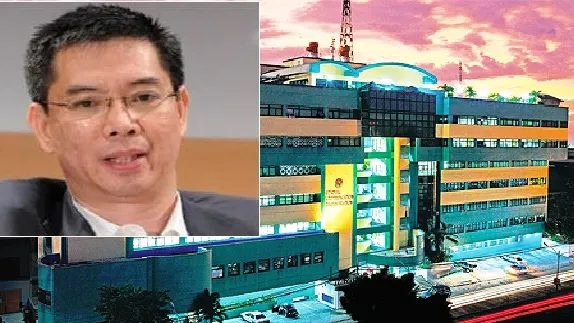
National Electrification Administration's Rod Padua to talk about rural electrification in the Philippines
And the intricacies of electric cooperatives.
Roderick Padua is the department manager of the Corporate Planning Office at the National Electrification Administration. He has been with the NEA for the last 28 years. His expertise ranges from energy-related feasibility studies to demand-supply strategic planning and integrating the balance scorecards for Electric Cooperatives in the country.
Padua will be one of the panelists at the Asian Power Utility Forum's Manila leg happening on March 8 at the Shangri-La Makati.
What are your previous experiences and positions held that contributed to who you are as an industry expert today?
I started work as a civil engineer facilitating feasibility studies for the capital expenditure projects of NEA’s main clients, the 119 electric cooperatives outside of Metro Manila. NEA is basically a quasi-infrastructure, quasi-lending agency, providing government subsidies and internally-generated loan facilities.
The next 27 years I was involved in basic capacities such as power load forecasting, demand-supply strategic planning, ISO certification and balance scorecard management. I acquired a Masters Degree in Technology Management from the University of the Philippines and a Diploma for Energy Planning and Policy at the University of Pennsylvania, USA. I am among a few Governance Associates that graduated from the Institute for Solidarity in Asia.
What are your key business philosophies?
There is always a better way of doing things. Continual improvement is the key to providing clients the most efficient service possible.
Can you give us a glimpse of what you will talk about at the 2016 Asian Power Utility Forum?
I will discuss the following the business portfolio of NEA--its government subsidies and low-interest loans as well as the complicated environment of the electric cooperatives. I will also tackle challenges in electrifying the barangays (99.9%), sitios (80%) and households (70%) in the rural areas.








![Cross Domain [Manu + SBR + ABF + ABR + FMCG + HBR + ]](https://cmg-qa.s3.ap-southeast-1.amazonaws.com/s3fs-public/styles/exclusive_featured_article/public/2025-01/earth-3537401_1920_4.jpg.webp?itok=WaRpTJwE)
![Cross Domain [SBR + ABR]](https://cmg-qa.s3.ap-southeast-1.amazonaws.com/s3fs-public/styles/exclusive_featured_article/public/2025-01/pexels-jahoo-867092-2_1.jpg.webp?itok=o7MUL1oO)









 Advertise
Advertise


